Meet our new Postpartum Doula and Newborn Care Specialist (NCS), Sarah!
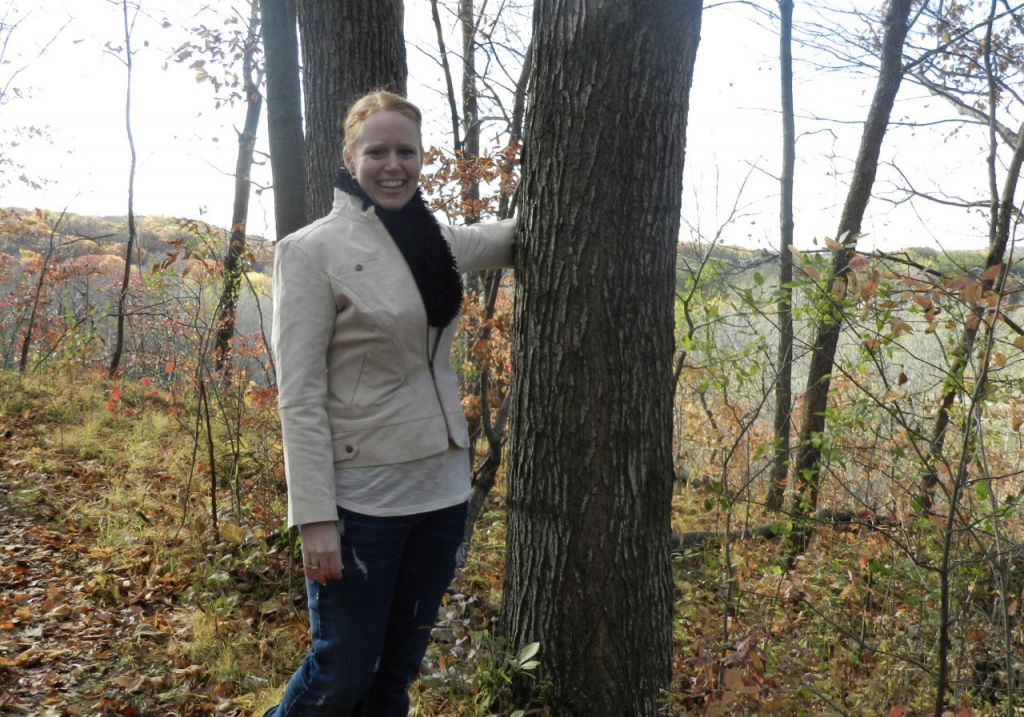
We hope you enjoy getting to know Sarah in our Q&A blog! Sarah serves families in West Michigan as a certified Newborn Care Specialist. She offers day and overnight newborn support. 1) What did you do before you became a newborn care specialist? I have worked in the field of Early Childhood for 20 […]
Meet Mya, Our Newest Postpartum Doula!
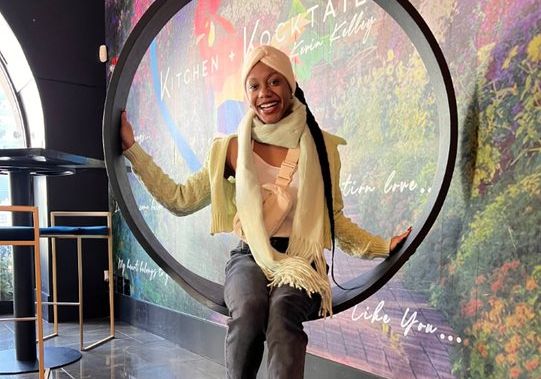
Meet Mya, Our Newest Postpartum Doula! As you know, when we bring a new person onto the Gold Coast team, we love to find out more about them and share that with you! Let’s find out more about Mya. 1) What did you do before you became a postpartum doula? Before becoming a doula, I […]
Meet our new Postpartum Doula, Jene’e!
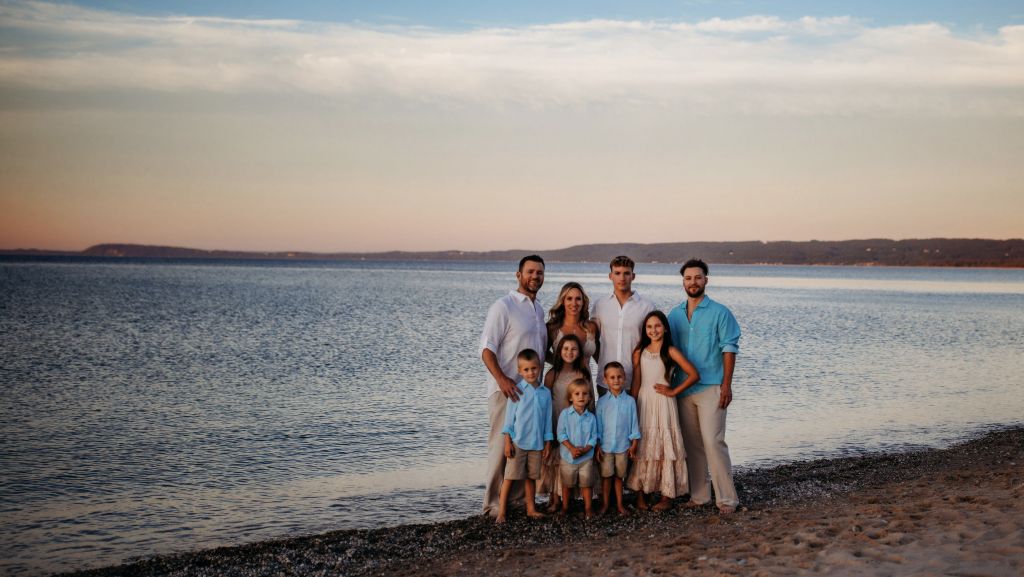
1) What did you do before you became a doula/consultant? For many years, I primarily have been a “domestic engineer”, a stay-at-home mom. Although in some of those years, my family has owned a few restaurants, and I helped there when I was needed. 2) What inspired you to become a doula/consultant? Becoming a mama […]
Meet Our New Birth Doula, Jordyn!
What did you do before you became a doula? I have worked in the mental health/crisis industry for the last 8 years. I started with 2-1-1, helping people find local resources, and then the suicide prevention hotline. Over the previous 6 years, I have worked in the EAP world, assisting with coordinating crisis response teams […]
When to Take a Childbirth Education Class
When is a good time to take a childbirth class and why does it matter? We often get asked about the appropriate time to take a childbirth class from students and Gold Coast clients. The answer varies depending on the goals of the individual. I often ask clients if they are first-time parents or new parents. It […]
Acupuncture during Pregnancy and Postpartum: Podcast Episode #103
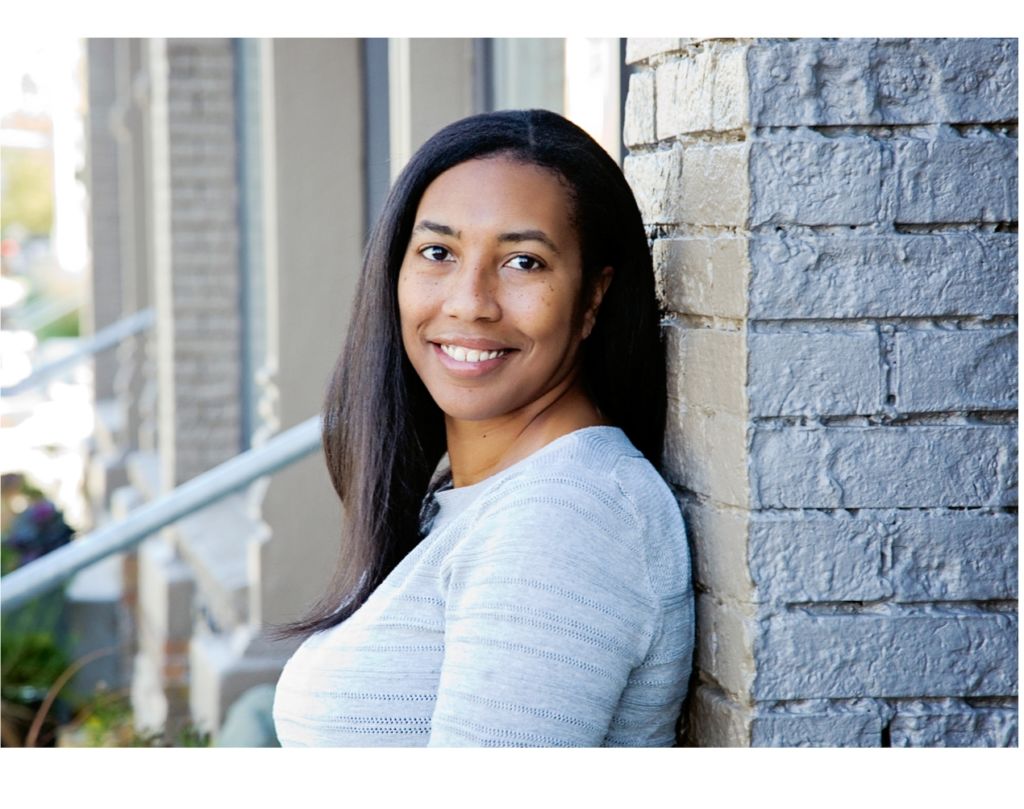
Dr. Carrie Dennie, ND speaks with Alyssa about the benefits of acupuncture during pregnancy and postpartum. You can listen to this complete podcast episode on iTunes or SoundCloud. Alyssa: Welcome to the Ask the Doulas Podcast. You are listening to Alyssa Veneklase. I am the co-owner of Gold Coast Doulas, and today, I am […]
Virtual Birth Support: Podcast Episode #95
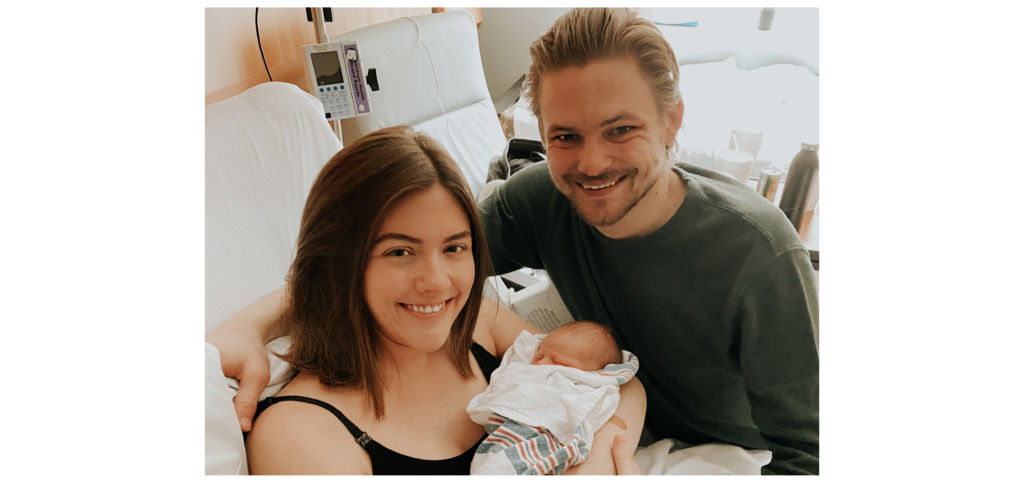
Sam & Justin recently had their baby boy, Judah, in the hospital in the midst of the COVID-19 pandemic. They describe their experience in the hospital as well as how beneficial birth doula support was throughout pregnancy and then during labor and delivery, even though support was virtual instead of in-person. You can listen to […]
Perinatal Mood Disorders: Podcast Episode #91
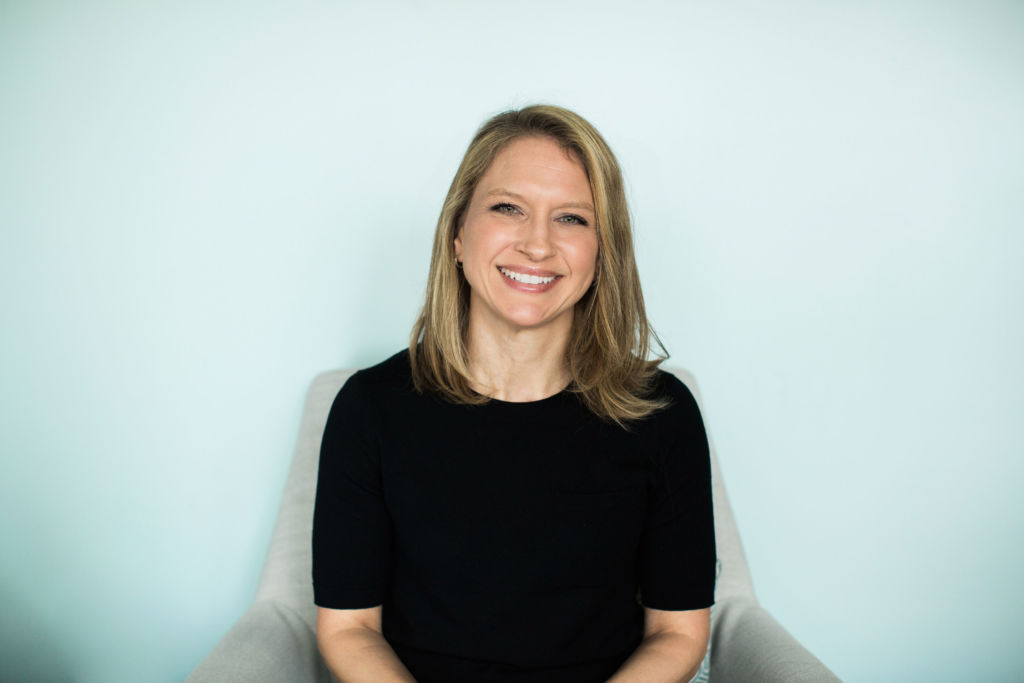
Today we talk with Elsa, a therapist at Mindful Counseling in Grand Rapids, Michigan who specializes in perinatal mood disorders. Learn what postpartum anxiety and depression look like, how they are different, and signs to look out for. You can listen to this complete podcast episode on iTunes or SoundCloud. Kristin: Welcome to Ask the […]
Baby-Friendly Hospital Initiative: Podcast Episode #89
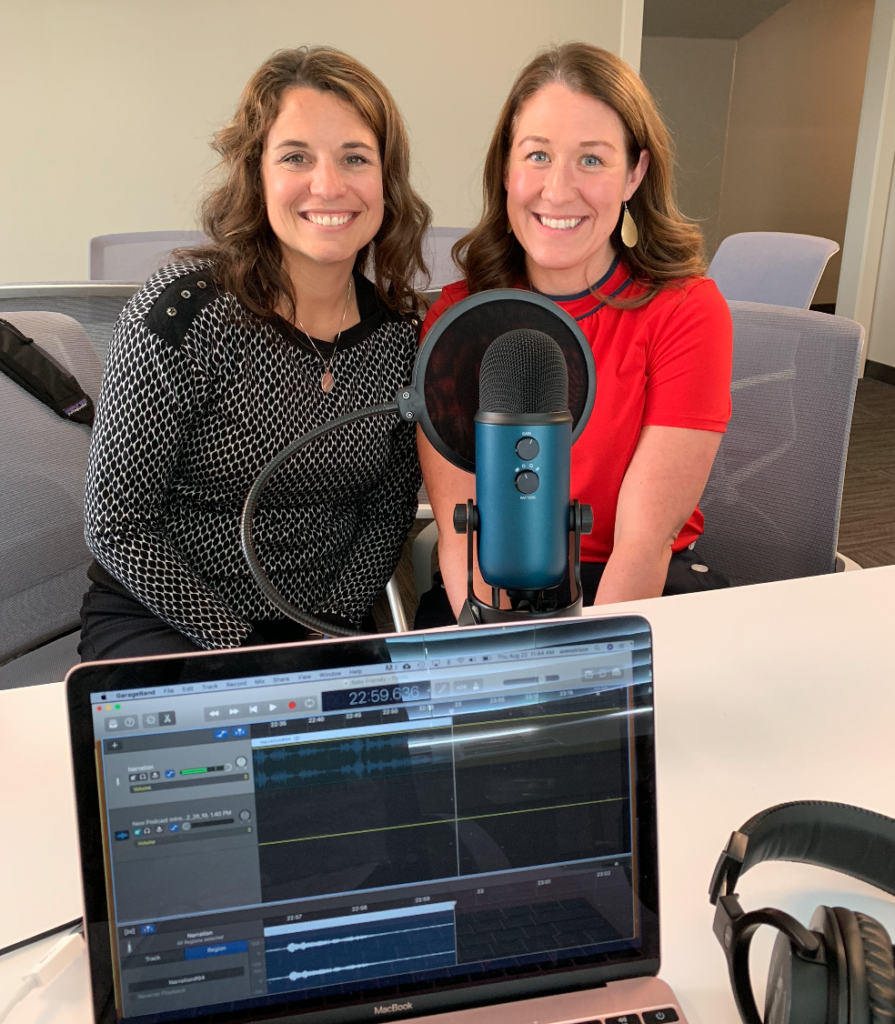
Today we speak with Katie and Becky from Spectrum Health in Grand Rapids about what it means to be a designated Baby-Friendly hospital. You can listen to this complete podcast episode on iTunes or SoundCloud. Kristin: Welcome to Ask the Doulas with Gold Coast Doulas. I’m Kristin, co-owner, and I’ve got Alyssa here. And we’ve […]
Maddie’s HypnoBirthing Story: Podcast Episode #81
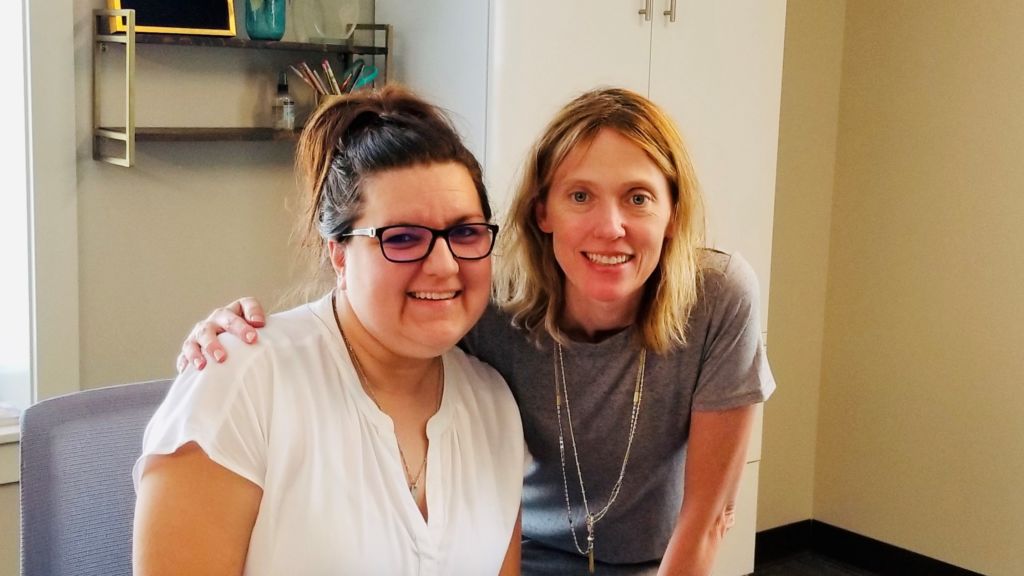
Today our former birth client and HypnoBirthing student, Maddie Kioski, tells us her personal pregnancy journey using HypnoBirthing and how it helped her feel excited about labor and delivery instead of scared. You can listen to this completed podcast episode on iTunes or SoundCloud. Kristin: Welcome to Ask the Doulas with Gold Coast Doulas. […]
Gaby’s Birth Stories: Podcast Episode #77
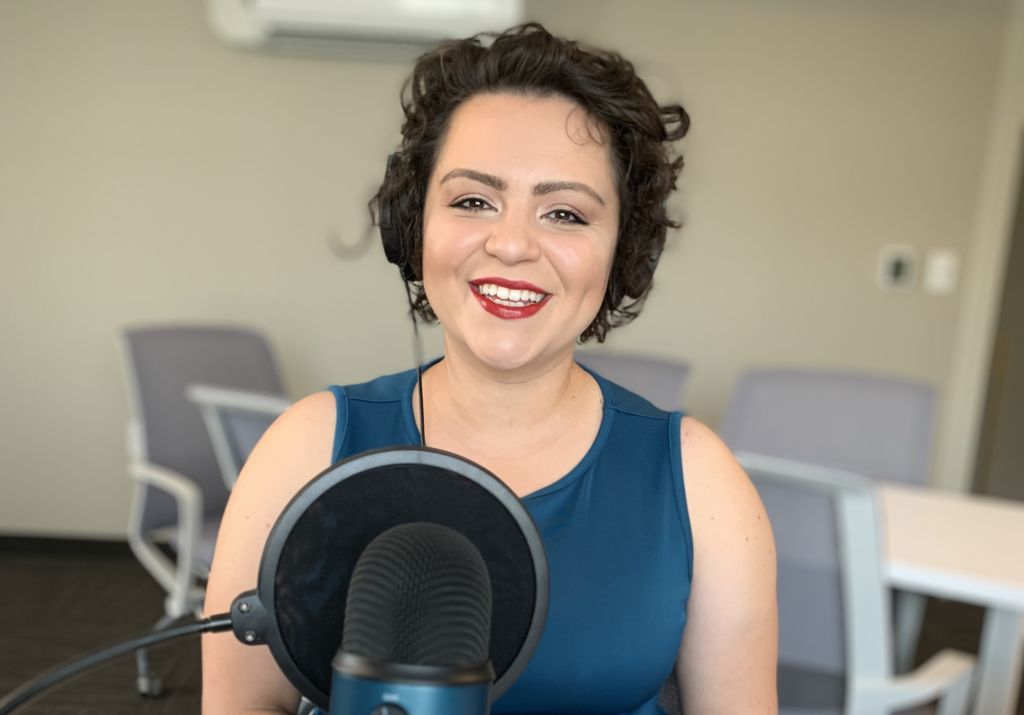
Gaby is a local business owner in Grand Rapids and talks to Alyssa about the birth stories of both of her children. You can listen to this complete podcast episode on iTunes or SoundCloud. Alyssa: Hi, welcome to Ask the Doulas podcast. I am Alyssa and I’m excited to be here with Gaby today. How […]
HypnoBirthing Baby – Wesley

We love getting birth stories from clients! This is a beautiful story from one of Ashley’s HypnoBirthing students. Through all of the unknowns of labor and delivery for a first time parent, this mom describes her birth experience and how relaxing and keeping calm throughout eliminated any room for fear. Wesley Thomas Sarazin was born […]
Babies! Babies! I could watch these precious babies all day!

Today’s guest blog comes from Jessica White of 4D Moments Ultrasound Studio. Who does not love the sweet face of a brand new baby?! A dreamy smile…a big yawn…a goofy open-mouthed grin. Oh, or one of those precious baby stretches where their little lips pooch out and their knees pull up to their bellies and […]
Your Trusted Birth Team

We all know that becoming a parent is difficult, but most first time parents don’t really have a full understanding of how hard it will be until they’re in the midst of it. They may encounter fertility struggles or miscarriages; they realize that planning during pregnancy takes a lot of work; they have to find […]
How Much Does a Doula Cost?

With all of the expenses that accompany pregnancy and—eventually—parenthood, it’s natural to be concerned about your budget when considering hiring a doula. So, how much does a doula cost? Prices vary widely and depend on the specific role of your doula, since there are both birth doulas and postpartum doulas. Their hours, rates, and responsibilities […]
Response to Article About Illinois Doula That Suppored an Unassisted Homebirth
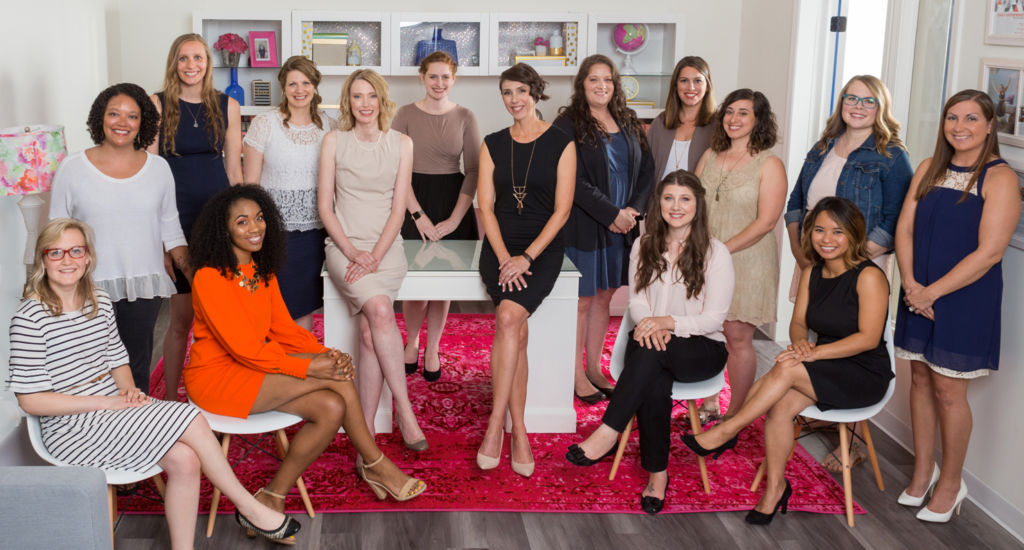
There has been a lot of talk in the birth community lately about the recent case of the doula who pled guilty after attending an unassisted homebirth where the baby died. Our team is saddened for the family and for the doula community as a whole. Birth doulas do not take on a medical role, […]
Podcast Episode #38: Amber’s HypnoBirthing Story
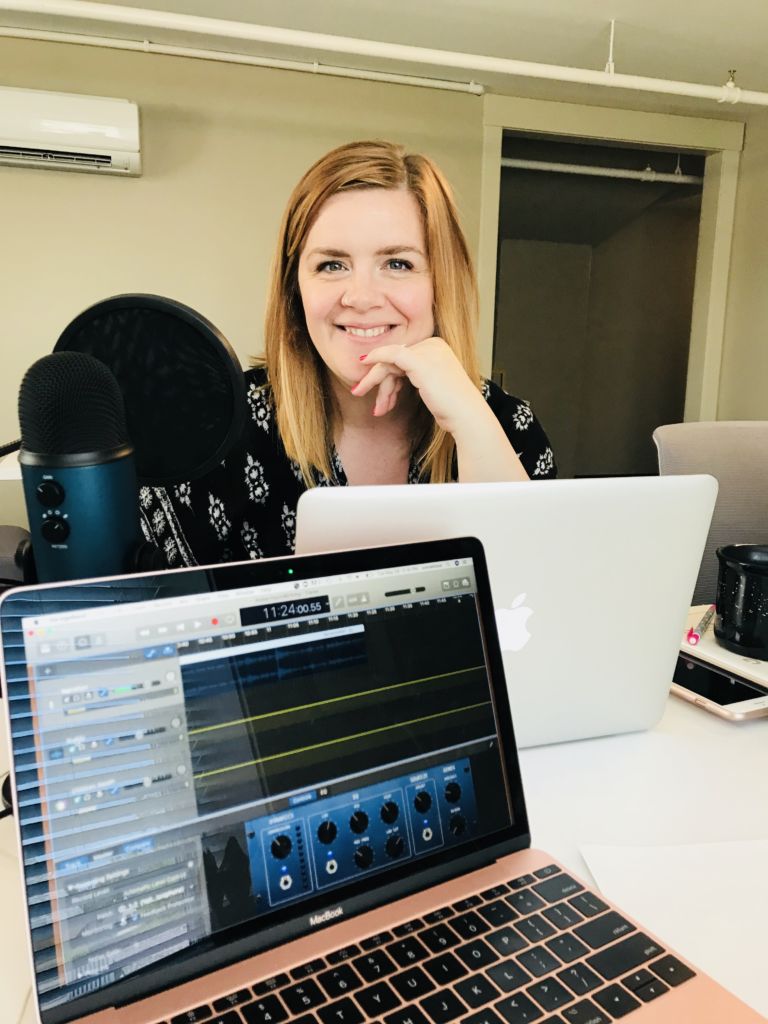
We love hearing birth stories, especially from our clients. Listen as Amber tells us her birth story and how HypnoBirthing helped both her and her husband through 23 hours of labor. You can listen to this complete podcast on iTunes or SoundCloud. You can sign up for our HypnoBirthing classes here! Alyssa: Hello! Welcome […]
5 Research-Backed Strategies to Reduce Your Risk of Preeclampsia
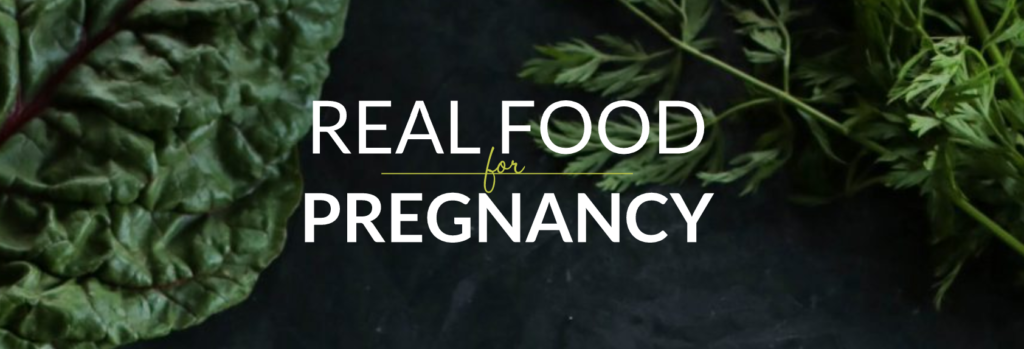
If you’ve done any reading on preeclampsia, we’re probably in agreement that it’s a diagnosis that no woman wants to get. Preeclampsia is a pregnancy complication that affects up to 10% of expecting mamas. It involves high protein levels in the urine and swelling (edema) in addition to high blood pressure. Ultimately, these symptoms can […]
Lessons from Tahlequah
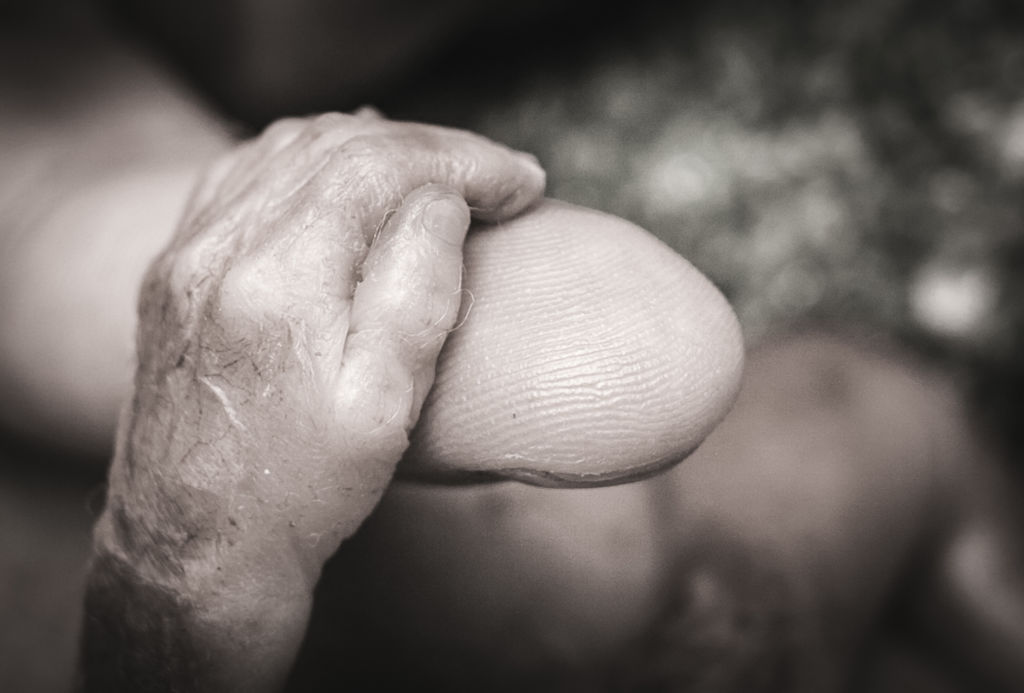
Thank you, Ashley, for writing this lovely article about loss and bereavement. Many of us have seen the article circulating by now about Tahlequah, the mother orca that carried around the body of her calf for upwards of two weeks. This documented, circulating story has struck a chord in many, and for many different reasons. Most […]
Podcast Episode #34: Chiropractic Care During Pregnancy
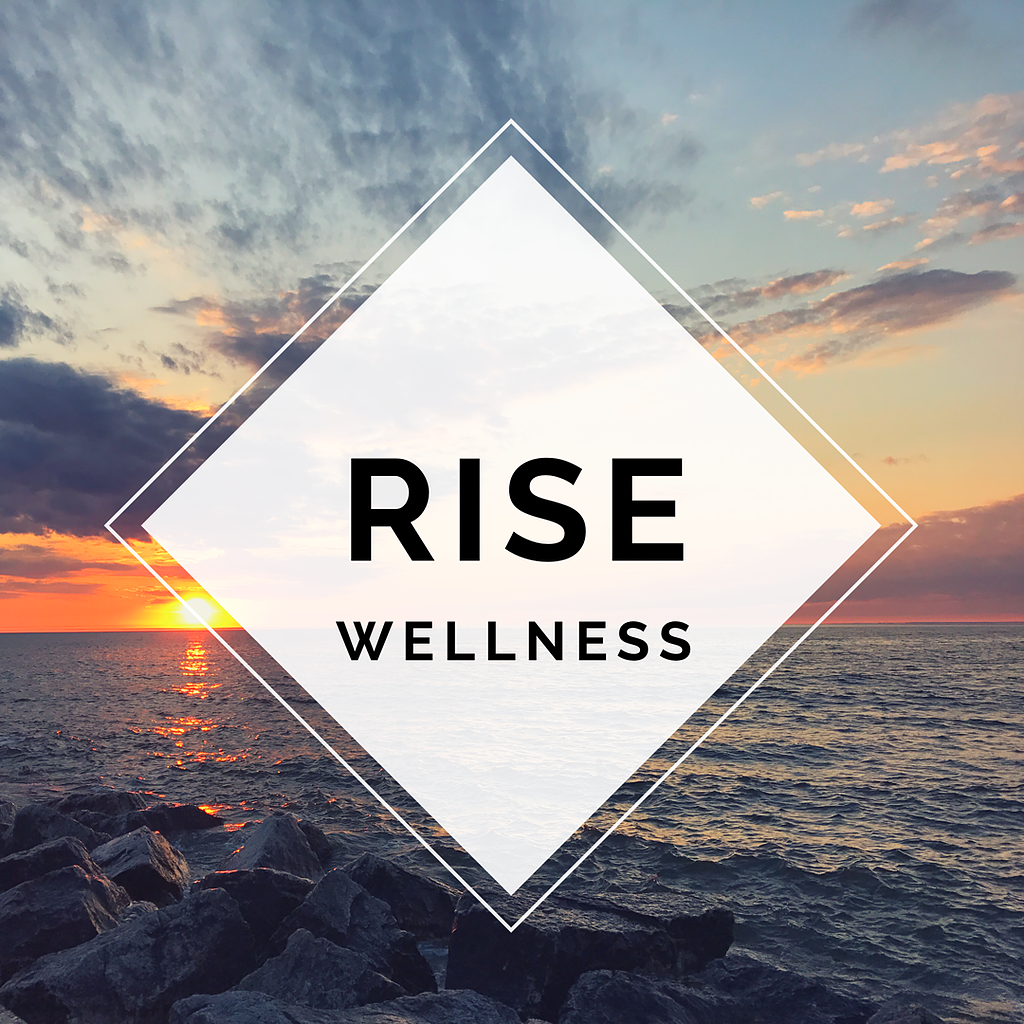
Today we talk to Dr. Annie of Rise Wellness about what chiropractic care looks like during pregnancy. You can listen to this complete podcast episode on iTunes or Soundcloud. Alyssa: Hi, welcome to another episode of Ask the Doulas. I am Alyssa, co-owner and postpartum doula at Gold Coast. Today, we have Dr. Annie […]
Podcast Episode #31: Rise Wellness Chiropractic
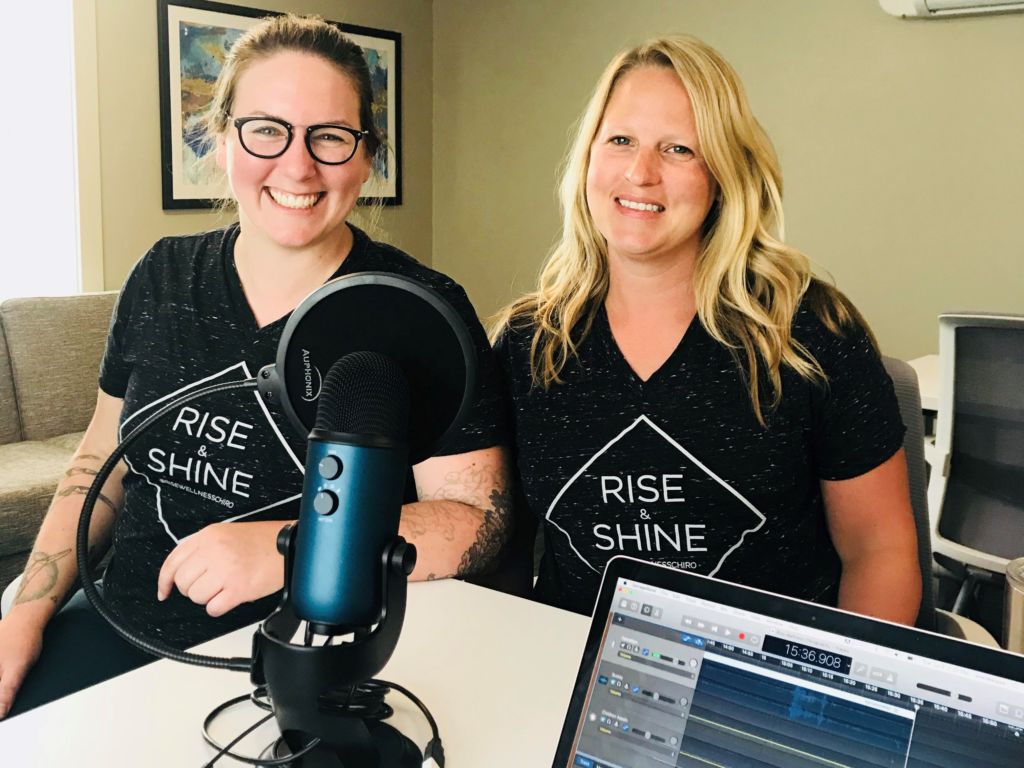
Dr. Annie and Dr. Rachel of Rise Wellness Chiropractic in Grand Rapids talk about their approach to helping mothers and babies, as well as how and why they decided to start their own practice. You can listen to the podcast on iTunes or SoundCloud. Hello, and welcome to another episode of Ask the Doulas. […]
Podcast Episode #23: Amber’s Cesarean Birth Story
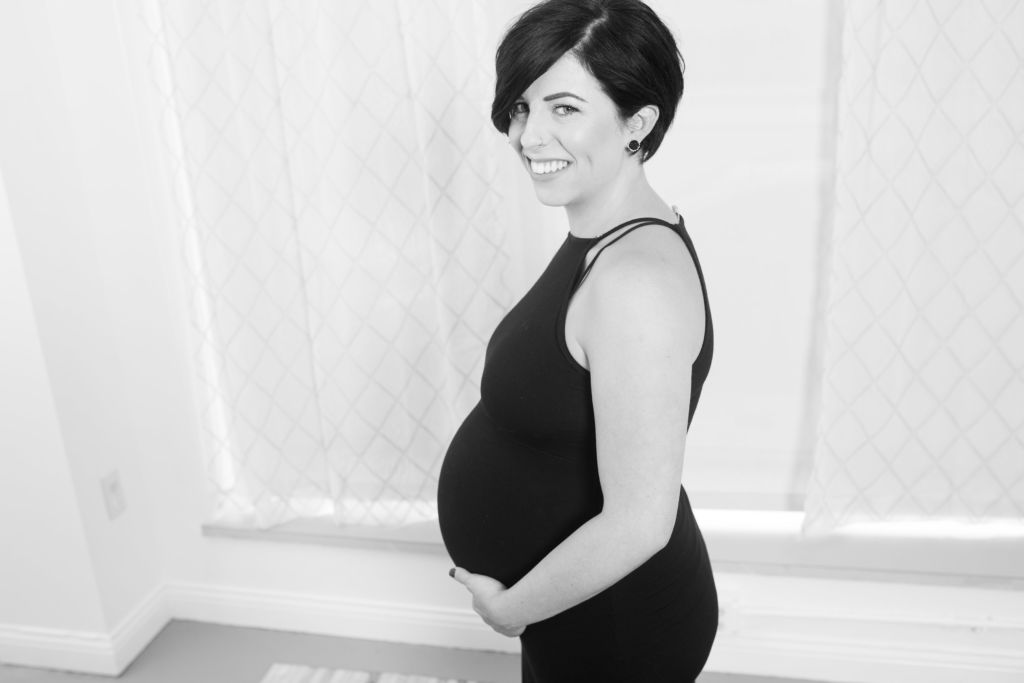
On this episode of Ask the Doulas, Amber shares how her Gold Coast Doulas supported her through her C-section experience. You can listen to this complete episode on iTunes and SoundCloud. Alyssa: Hi, welcome to another episode of Ask the Doulas. I am Alyssa Veneklase, co-owner and postpartum doula, and we are talking to […]
Podcast Episode #22: How to get Dad on board with Hiring a Doula

On this episode of Ask the Doulas, Alyssa talks with Amber and Ashton about getting your husband or partner on board with hiring a doula. You can listen to this complete podcast on iTunes or Soundcloud. Alyssa: Hi, welcome to another episode of Ask the Doulas. I am Alyssa Veneklase, co-owner and postpartum doula, […]
Podcast Episode #21: Supporting a Cesarean Birth
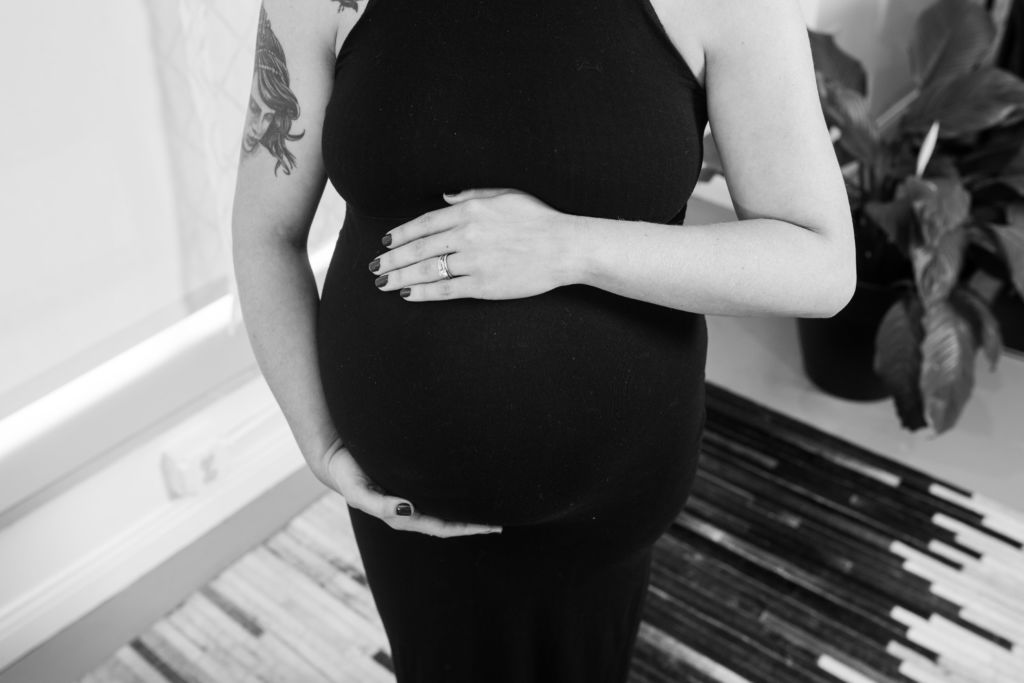
April is C-section Awareness Month! On this episode of Ask the Doulas, Alyssa and Ashley talk about how birth doulas provide support during a Cesarean section delivery. You can listen to the full podcast episode on iTunes or Soundcloud. Alyssa: Hi, welcome to Ask the Doulas with Gold Coast Doulas. I am Alyssa, co-owner […]
